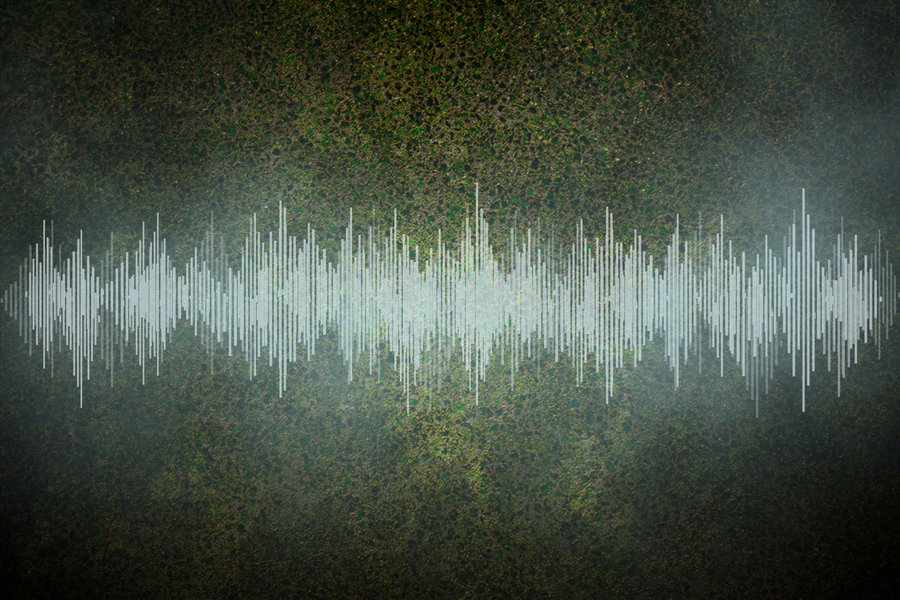Researchers in Spain and Italy have observed “second sound” in a room-temperature semiconductor for the first time. This phenomenon, which occurs when distinct waves of temperature pass through a material, had previously only been observed in exotic superfluids at ultracold temperatures (and, more recently, in graphite). Its surprise appearance in a material widely used in electronic chips could make it possible to improve the performance of electric devices by managing waste heat better.
Second sound is not sound as we generally think of it. It gets its name because in mathematical terms, the thermal waves moving through a material resemble the pressure waves that create sound in air. In physics terms, these waves are fluctuations in the density of quasiparticle thermal excitations called rotons and phonons within the material.
Thanks to this quantum mechanical heat-transfer effect, materials that exhibit second sound have a very high thermal conductivity. Until now, however, the presence of these thermal waves was largely confined to exotic superfluids in which momentum is conserved during collisions between phonons. In most ordinary materials, a process known as Umklapp phonon-phonon scattering causes the phonons to exchange momentum with the material’s crystal lattice, meaning that phonon momentum is not conserved.
Thermal waves at room temperature in a semiconductor
Researchers from the Institute of Materials Science of Barcelona (ICMAB, CSIC) and collaborators at the Universitat Autònoma de Barcelona (UAB) and the University of Cagliari have now, unexpectedly, observed thermal waves at room temperature in solid germanium – a semiconductor that is widely employed in electronics.
In their experiments, which they report in Science Advances, the researchers studied how a germanium sample behaves when subjected to lasers that produce high-frequency megahertz-range oscillating heating waves on its surface. Contrary to predictions, the heat did not dissipate by diffusion, but partially propagated into the material via thermal waves.
This type of thermal transport, being wave-like, has many of the advantages offered by waves, including interference and diffraction, says ICMAB team member Sebastian Reparaz. “The technique we employed could allow us to observe such wave-like heat transport in other materials, by modulating the temperature field of the laser at sufficiently high frequencies,” he explains. This, in turn, could lead to new ways of controlling heat transport in electronics devices made from germanium and any other materials that exhibit second sound. Ultimately, Reparaz says, the discovery “could also allow us to design a new generation of thermal devices in the same way that those based on light were developed”.
Reparaz adds that the second sound thermal regime might also lead to a rethink on how scientists and engineers deal with waste heat in electronic devices. Many such devices, including solar cells, light-emitting diodes and phone batteries, generate significant amounts of heat. This can lead to localized overheating, which decreases the devices’ efficiency and lifespan.

Sound waves in fermionic superfluid are studied in a ‘beautiful’ experiment
Unifying current theoretical models
From a theory perspective, the new findings might make it possible to unify models for second sound. Until now, theorists treated materials exhibiting this effect as being somehow very different from the semiconductor materials used in everyday electronic chips, says F Xavier Alvarez of the UAB. “Now all these materials can be described using the same equations,” he explains. “This observation establishes a new theoretical framework that may allow in the not-too-distant future a significant improvement in the performance of our electronic devices.”
The researchers say they will now try to observe high frequency thermal waves in other materials at room temperature. “We also want to study how we can exploit thermal wave interference and diffraction to control heat propagation,” Reparaz tells Physics World.
